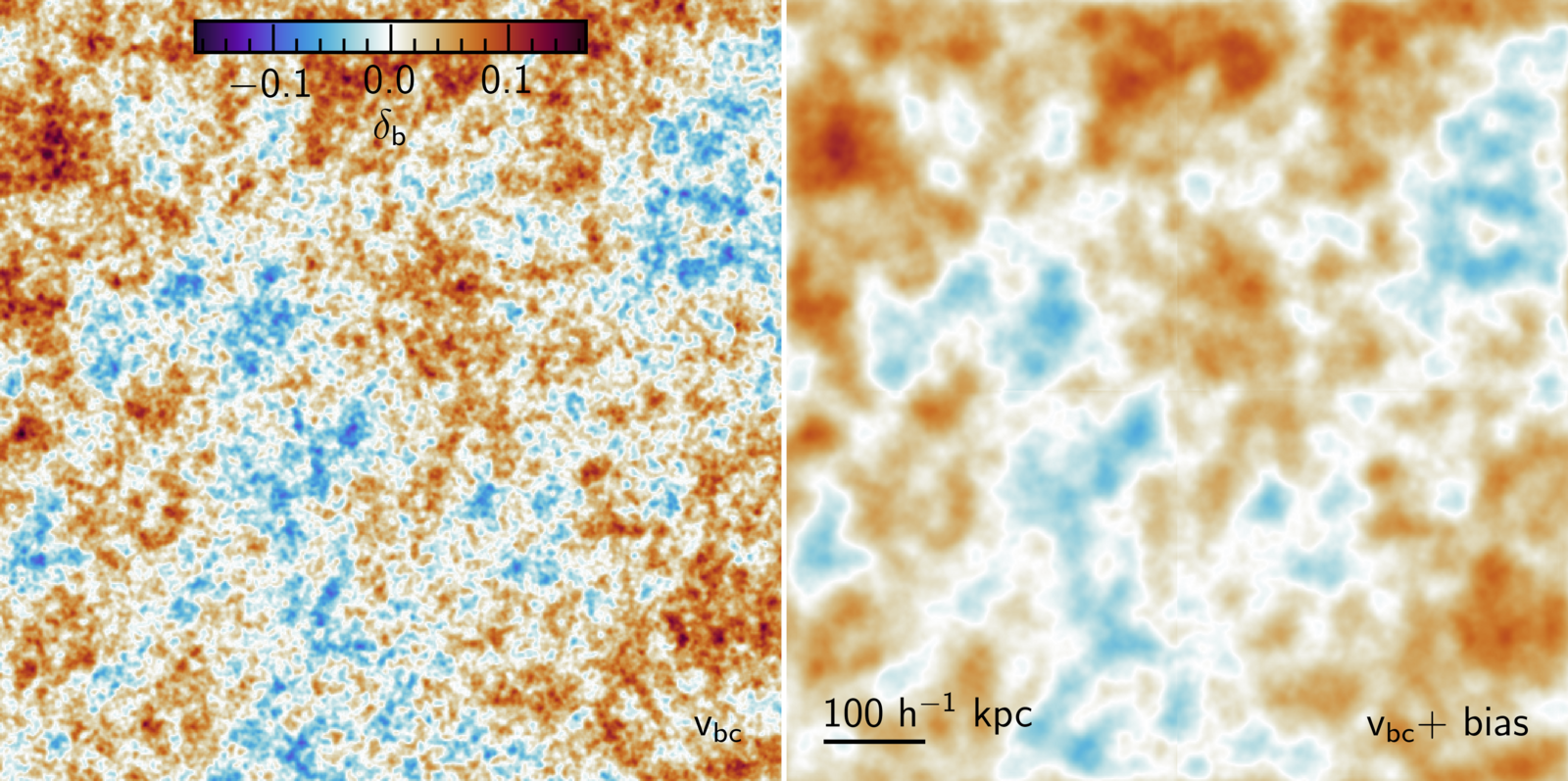ASTROPHYSICS
Near Field Cosmology - From the First Stars to the Present Universe
Principal Investigator:
Dr. Stefan Gottlöber
Affiliation:
Leibniz-Institut für Astrophysik Potsdam, Germany
Local Project ID:
chpo22
HPC Platform used:
JUWELS of JSC
Date published:
What was the challenge?
Near field cosmology is the theoretical and observational study of our neighbourhood in the universe. This is the main topic of focus for the CLUES collaboration (www.clues-project.org). Our neighbourhood is the best observed part of the universe where also tiny dwarf galaxies can be studied. The properties of these dwarfs reflect their early formation history and state of the universe at the Cosmic Dawn, when the first stars and galaxies formed. Studying them sheds new light on these times, known as Cosmic Dawn and Epoch of Reionisation.
Due to its closeness to us, the local neighbourhood of our Milky Way provides a unique laboratory for detailed understanding of galaxy formation and evolution and the effects of reionisation. Our galaxy is part of the Local Group, a binary system composed of two average-sized galaxies that dominates the local few Mpc volume. Tens of satellite galaxies have now been discovered, many fainter ones only recently, and their properties and distributions are known in ever increasing detail. Over the last decade, the CLUES collaboration has developed algorithms to construct initial conditions for constrained simulations to understand the formation of structure in our cosmic neighbourhood. These simulations are designed to reproduce the observed structures within even larger cosmological volumes, on scales of up to about several hundred million light-years. The ionizing (UV) radiation from the First Stars had profound effects on the early galaxies and intergalactic medium. In particular, star formation in low-mass galaxies was strongly suppressed, leaving imprints that can last until the present day. This process, called reionization, was likely driven by low-mass star-forming galaxies. Once the atomic gas of the intergalactic medium in some region is heated by reionization, gas pressure opposes gravitational collapse, leaving the smallest galaxies - below about billion solar masses (roughly one thousand times smaller than our Milky Way) to form without gas and thus unable to make stars. Furthermore, gas in haloes below about hundred million solar masses, called minihaloes which are believed to have hosted the very first stars, is completely photoevaporated from their host haloes into the intergalactic medium.
Within our computational project “Near Field Cosmology - From the first stars to the present universe” we have performed a set of high resolution cosmological simulations at JSC in order to study in detail the processes during reionisation and their influence on the properties of the formed galaxies.
Why was supercomputing power required?
This type of cosmological simulations are very computational intensive due to the required large dynamic range (to resolve the small structures relevant here in a large cosmological volume), as well as due to the complex, nonlinear and non-local physics involved. A typical simulation of this type could require from a million to many millions of core-hours.
What are the findings/knowledge gained?
We investigated the neutral hydrogen distribution throughout the epoch of reionisation and the differences between its distribution and the overall density distribution, with implications to the low-frequency radio observations of this epoch.
We made predictions for measuring the 21-cm multi-frequency angular power spectrum using the Square Kilometre Array (SKA-LOW) observatory.
We developed a novel sub-grid (i.e. for modelling structures below our nominal numerical resolution) method for modelling low-mass haloes, which are otherwise unresolved in large-volume cosmological simulations limited in numerical resolution. We tested our method extensively and made it available to the community.
We have investigated the effects of small-scale gas fluctuations (included typically as sub-grid physics by means of so-called ‘clumping factors’) on the progress, duration and observational signatures of cosmic reionization. Cosmic reionization was driven by the imbalance between early sources and sinks of ionizing radiation, both of which were dominated by small-scale structure and are thus usually treated in cosmological reionization simulations by subgrid modelling. We improved on this modelling by parametrising the results of very high-resolution simulations to create our model and test it against data.
Who did/will benefit from the insights gained? In what way?
Our project has contributed to 7 successful PhD and MSc theses completed so far, along with a number of undergraduate (MPhys and BSc) theses. We have published seven refereed papers to date.

The effect of relative baryon-dark matter velocities is to suppress the growth of small scale structure. The left panel shows the gas density contrast in the simulation initial conditions, without accounting for the relative velocity. The right panel shows the same field, after applying our method to include the relative velocity.